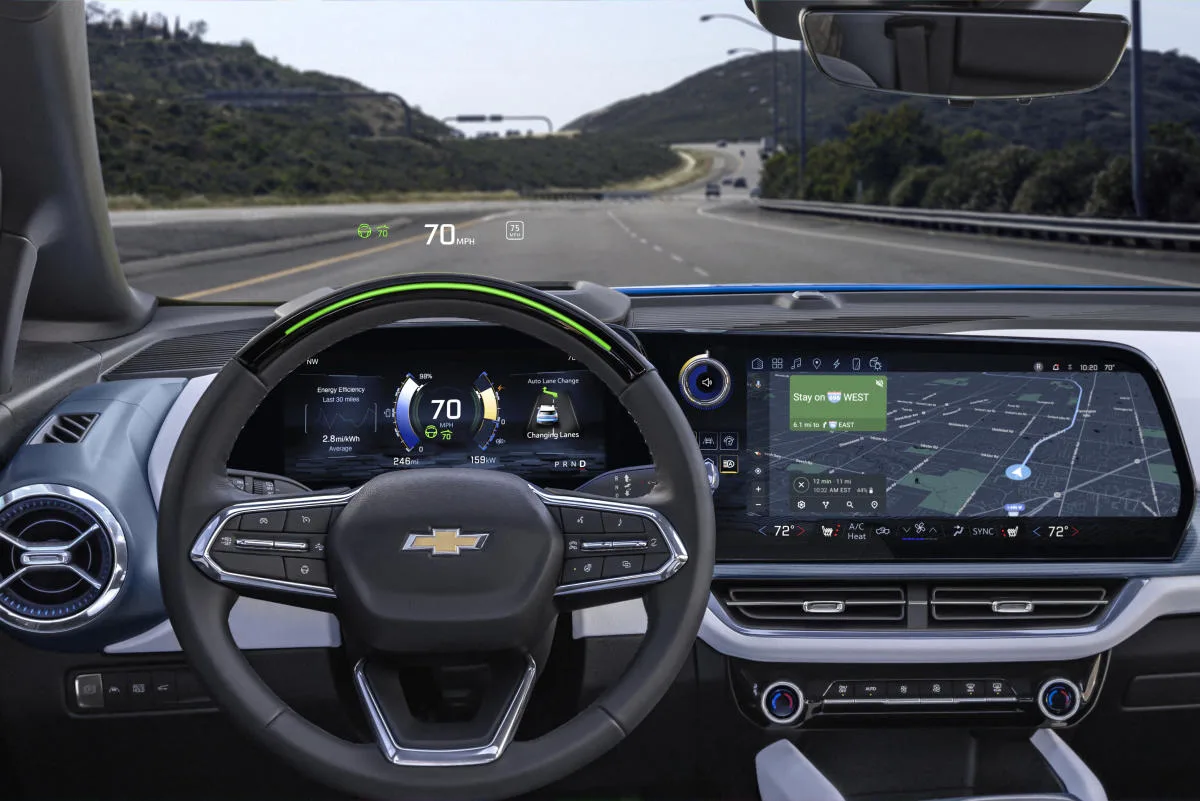GM announced a significant expansion of its Super Cruise operating area of approximately 750,000 miles compared to rural roads and secondary highways in the United States and Canada, TechCrunch reported. The upgrade is expected to be completed by 2025 and will nearly double the automaker's current 400,000-mile network.
First of all launched in 2017, Super Cruise allows completely hands-free operation under the supervision of a driver, who must be ready to take control at any time. It uses GPS, cameras, radar sensors and a highly accurate driver attention system to ensure the operator is paying attention.
However, it can only be used on designated roads that have been LiDAR scanned for GM by a third-party contractor. This generates maps showing lane-level data, topography, radius of road curves and more, allowing Super Cruise to adjust speeds as necessary. This is especially important on rural roads and highways which are more likely to have sharp curves, steep grades and other potentially dangerous sections.
The automaker has taken a slow approach to its driver assistance system, especially compared to rival Tesla, which offers a $12,000 fully autonomous driving system that can operate on city streets . GM recently revealed the Ultra Cruise system that could also work around town, saying it could be used “95 percent” of the time hands-free. However, this the program would have been canceledGM now focusing entirely on Super Cruise.
GM offers 15 vehicles with Super Cruise, including pickups, SUVs, the Bolt EUV and all Cadillac models. This is Super Cruise's biggest expansion so far took place in 2022going from 200,000 to 400,000 miles.

